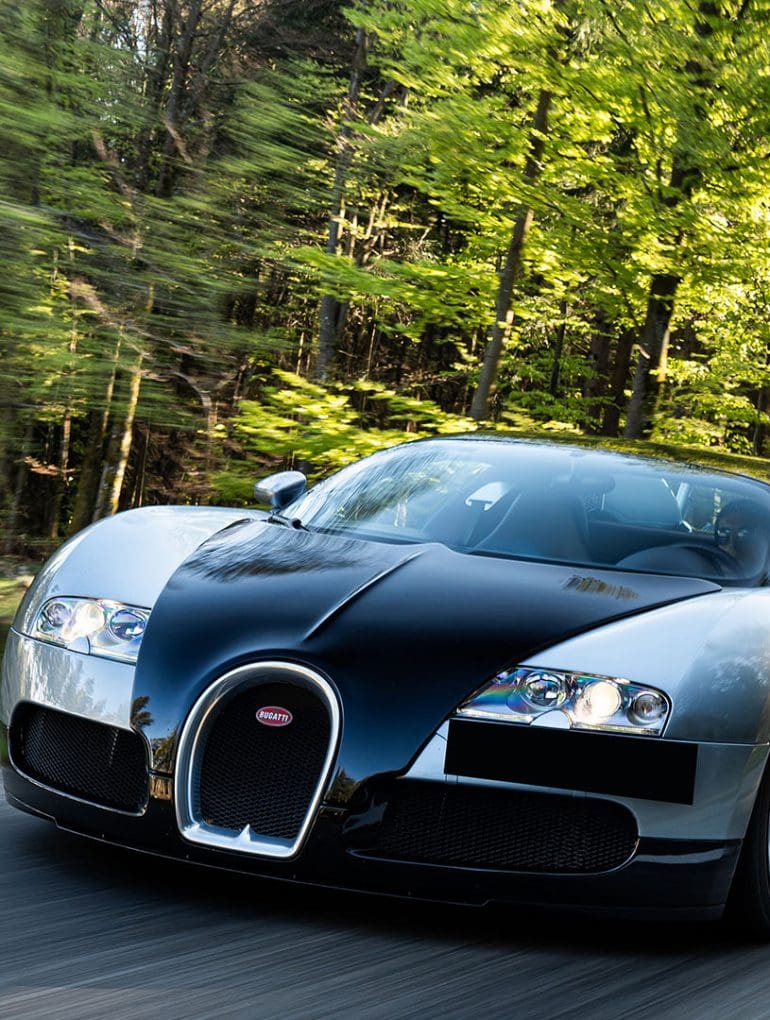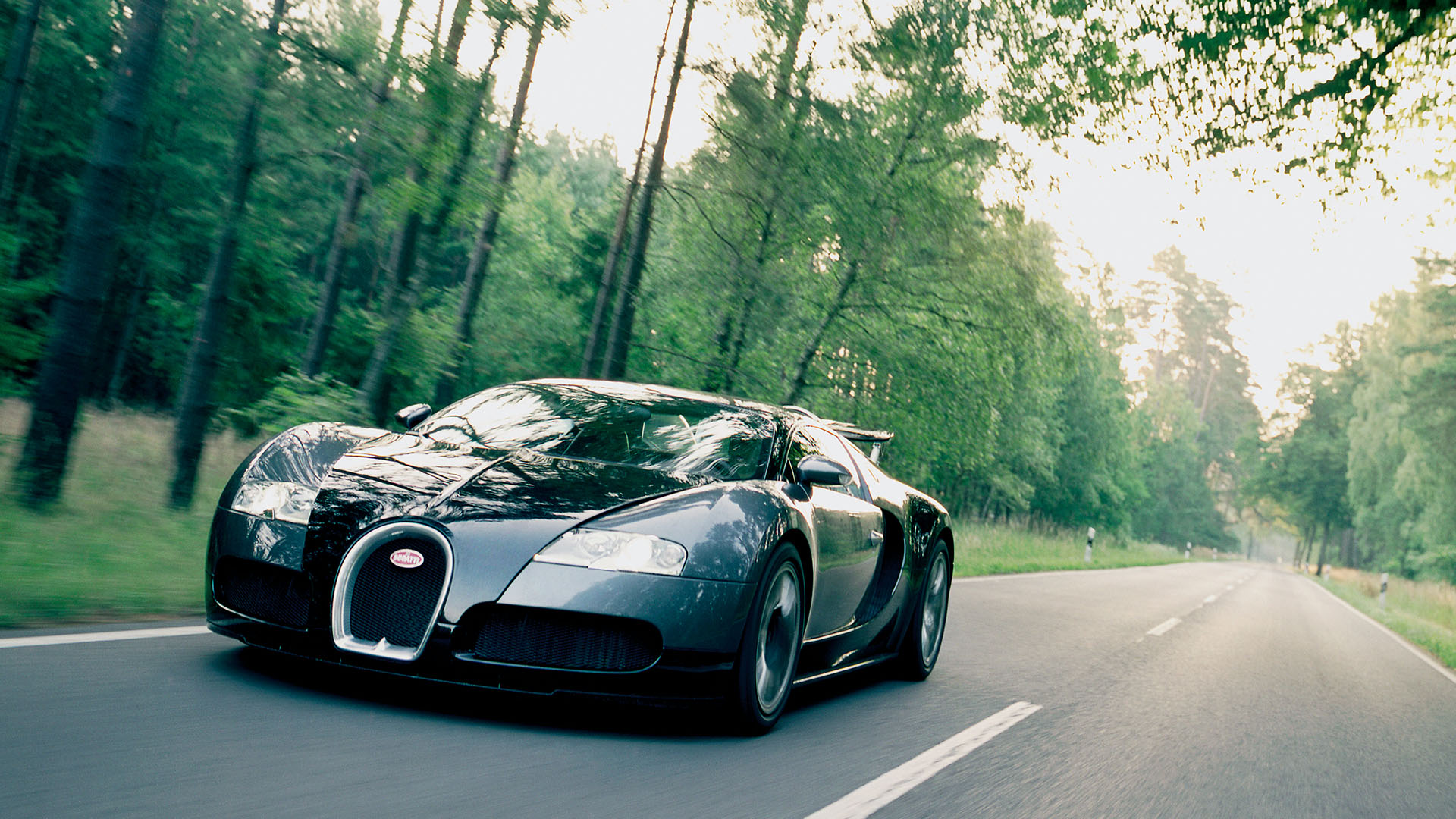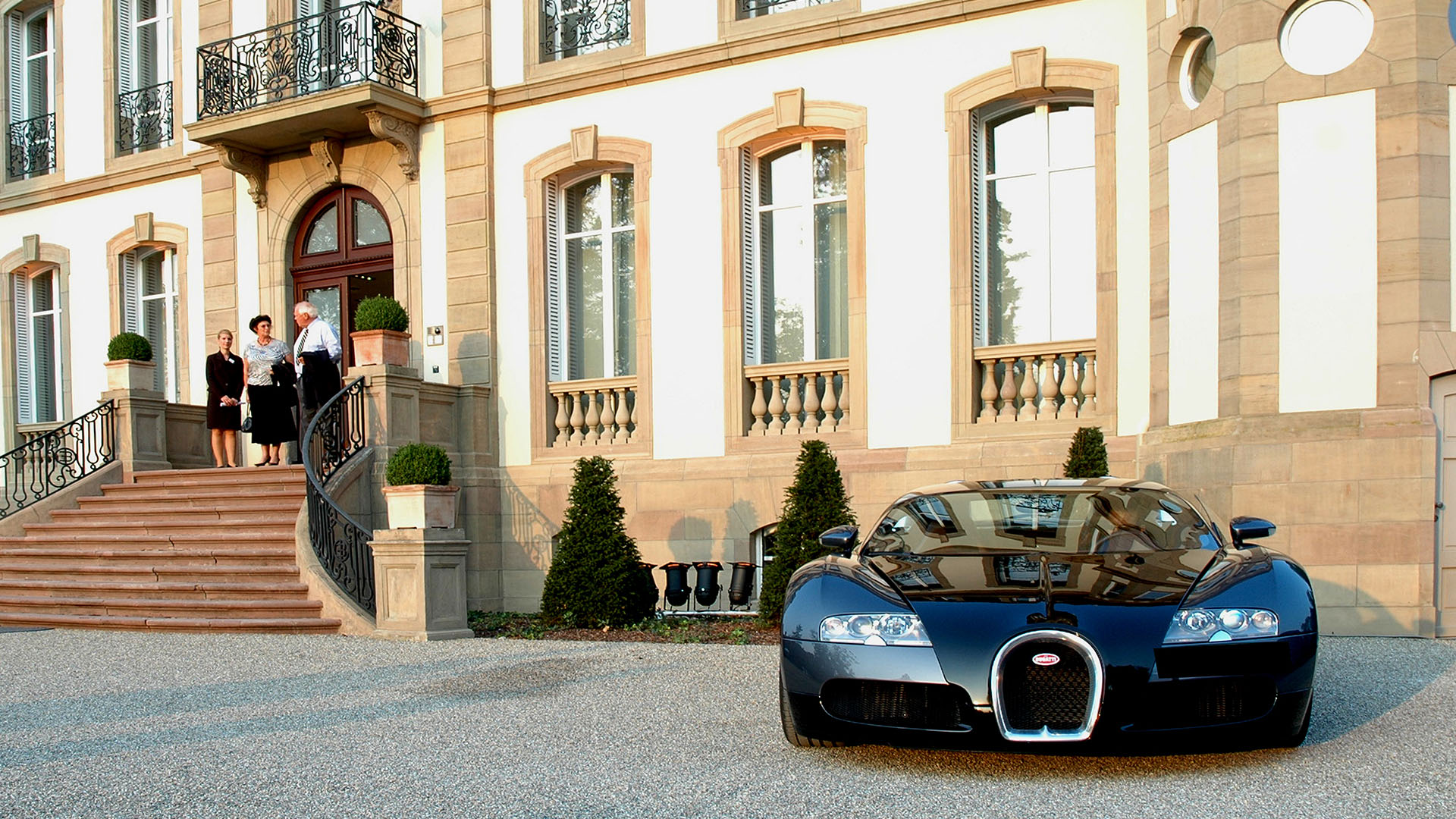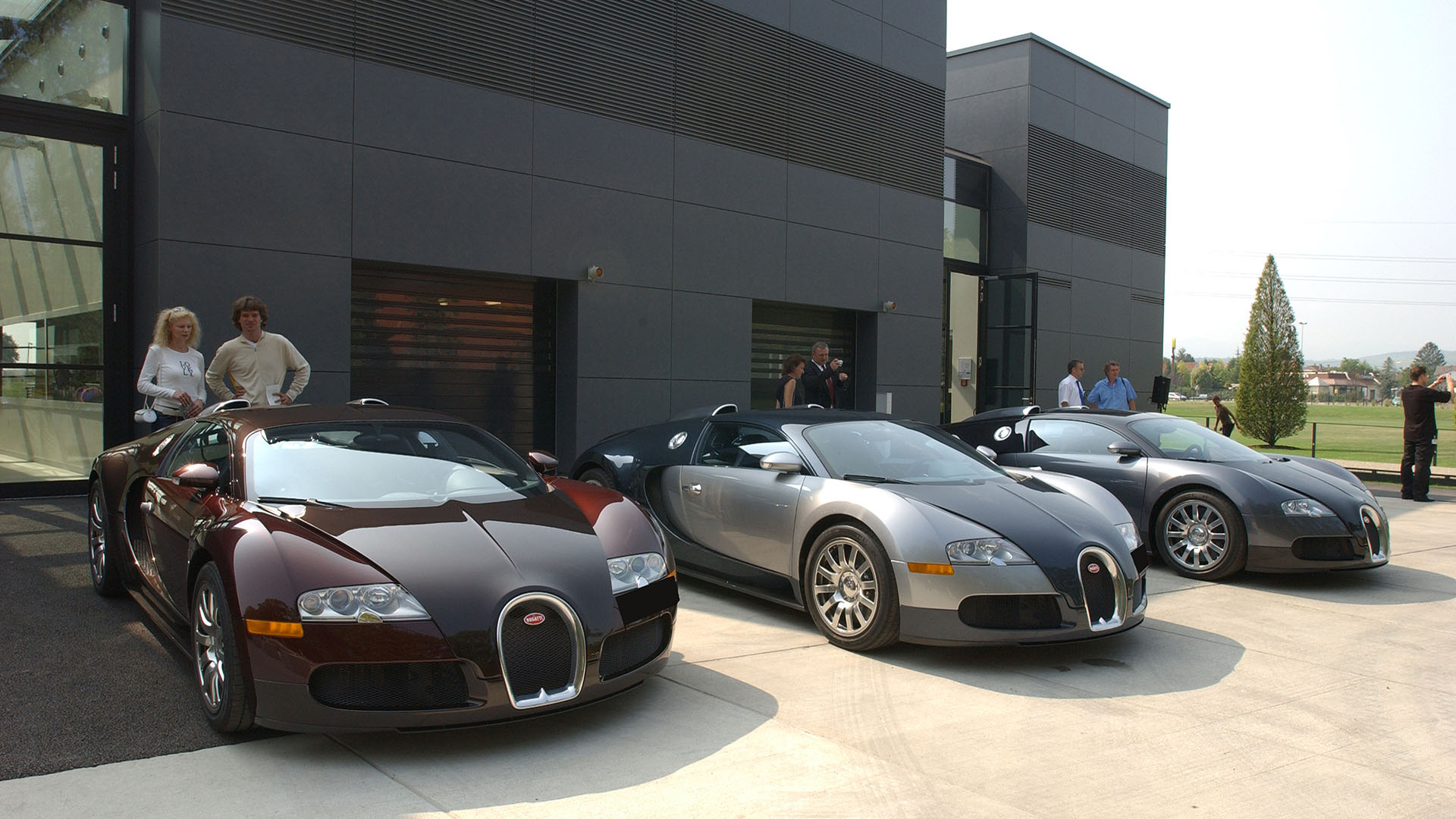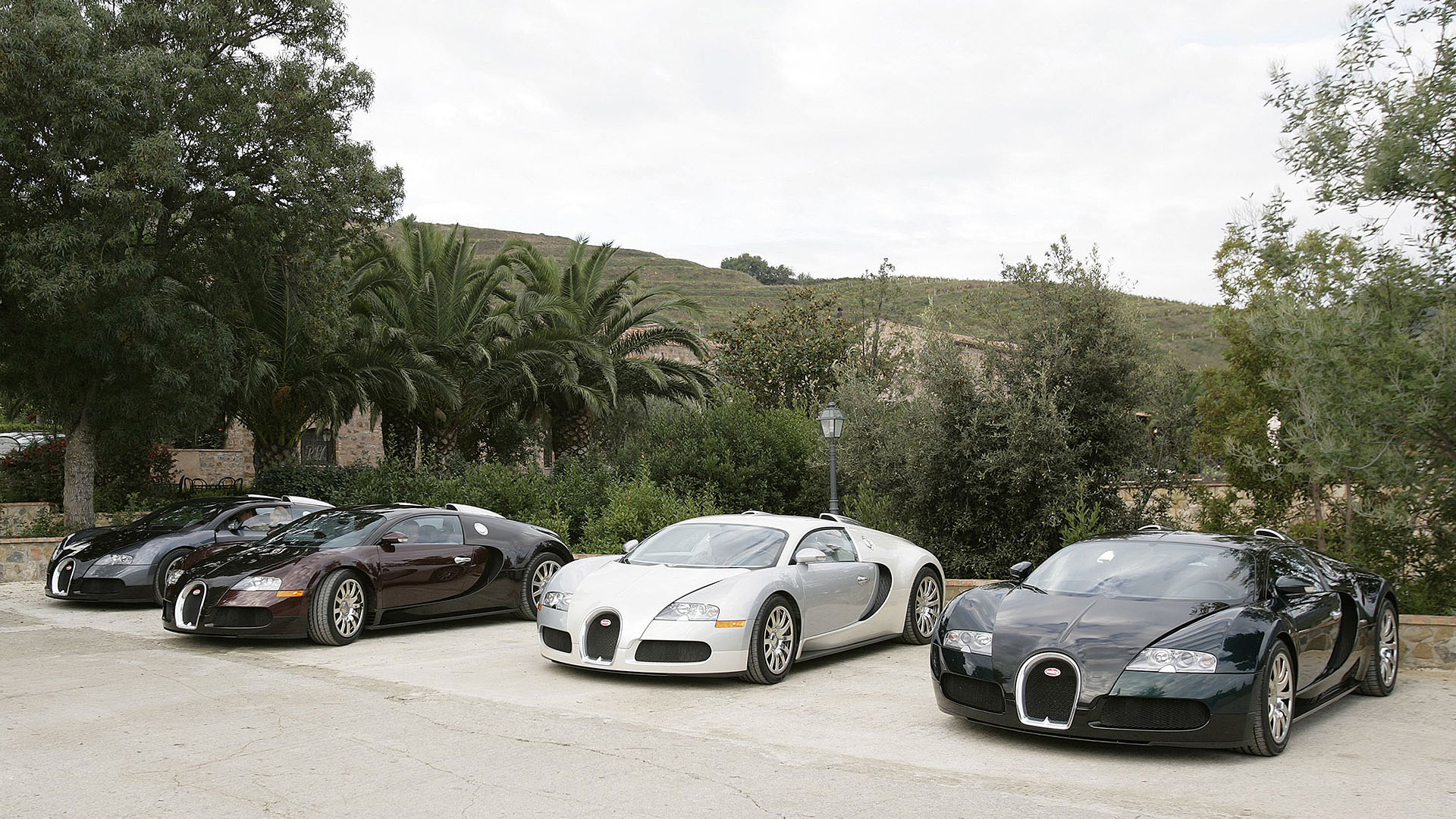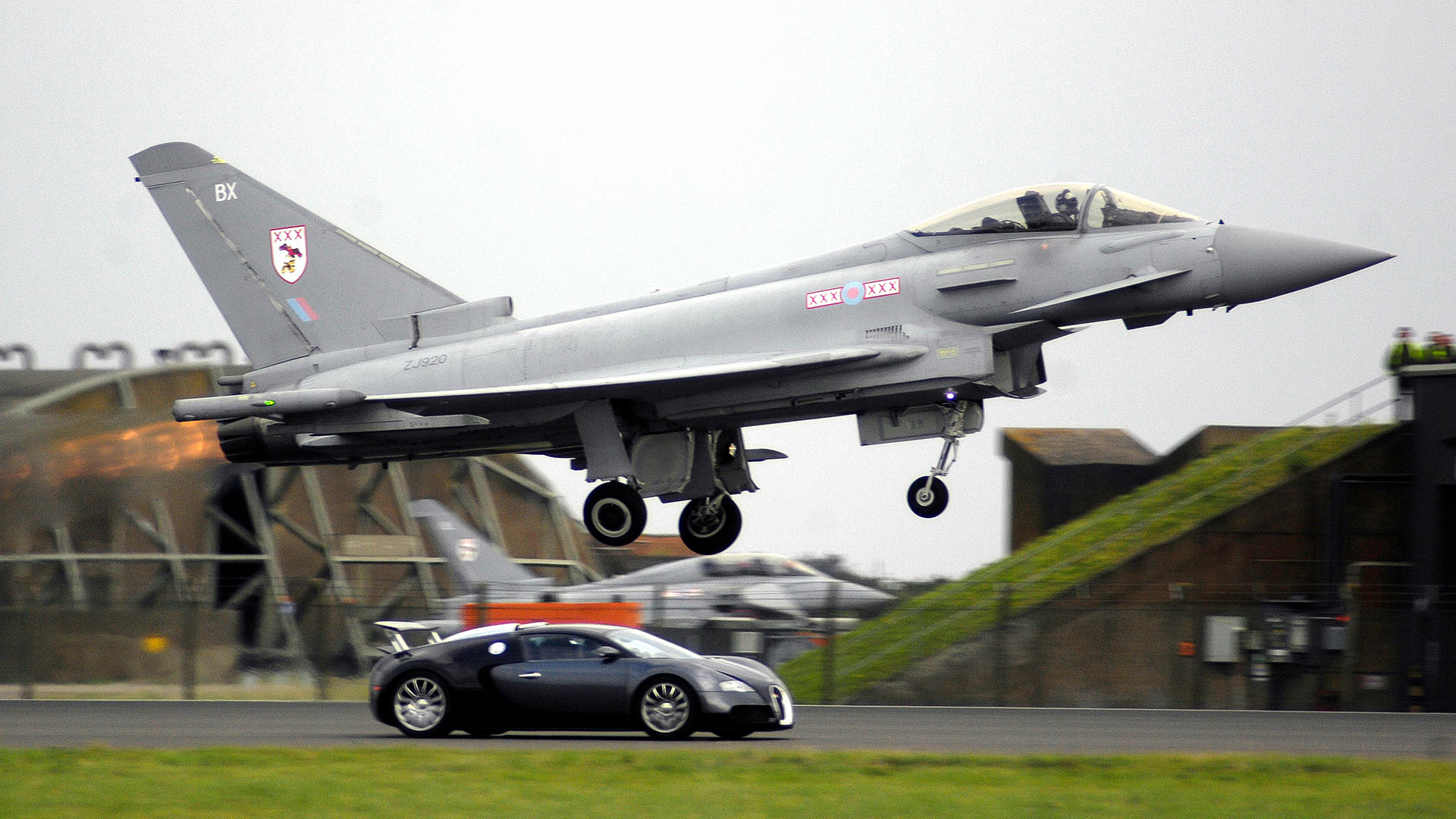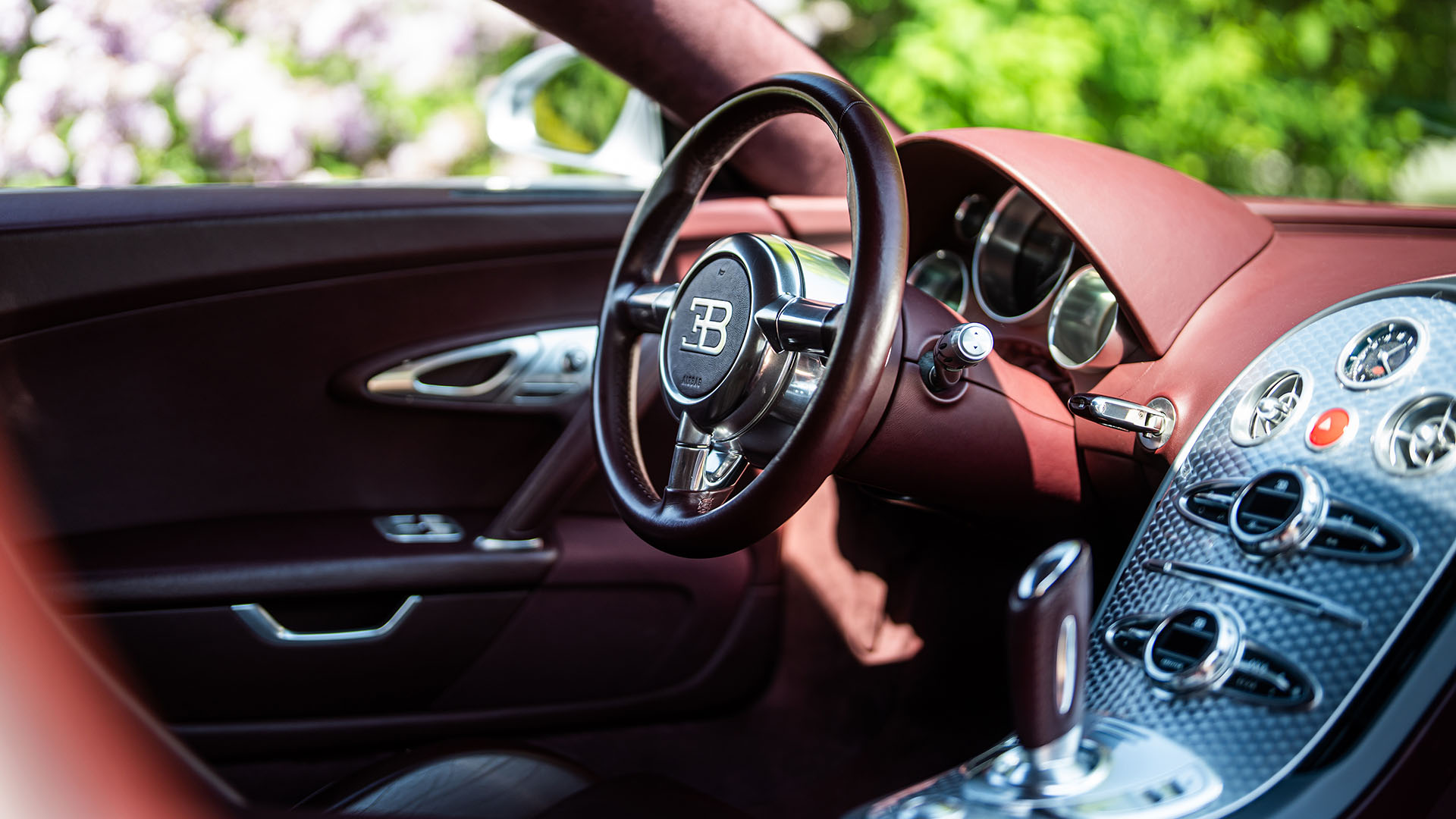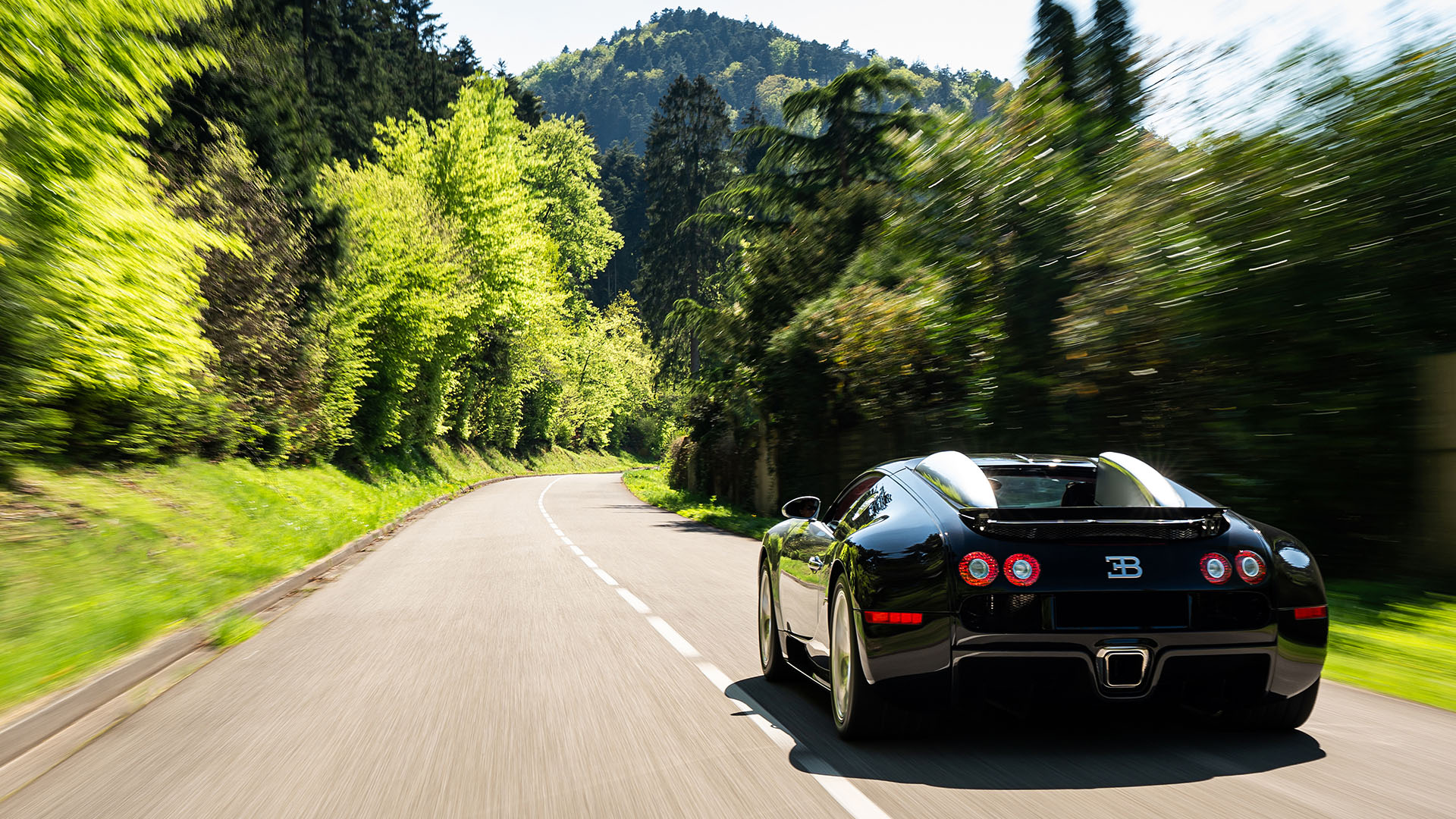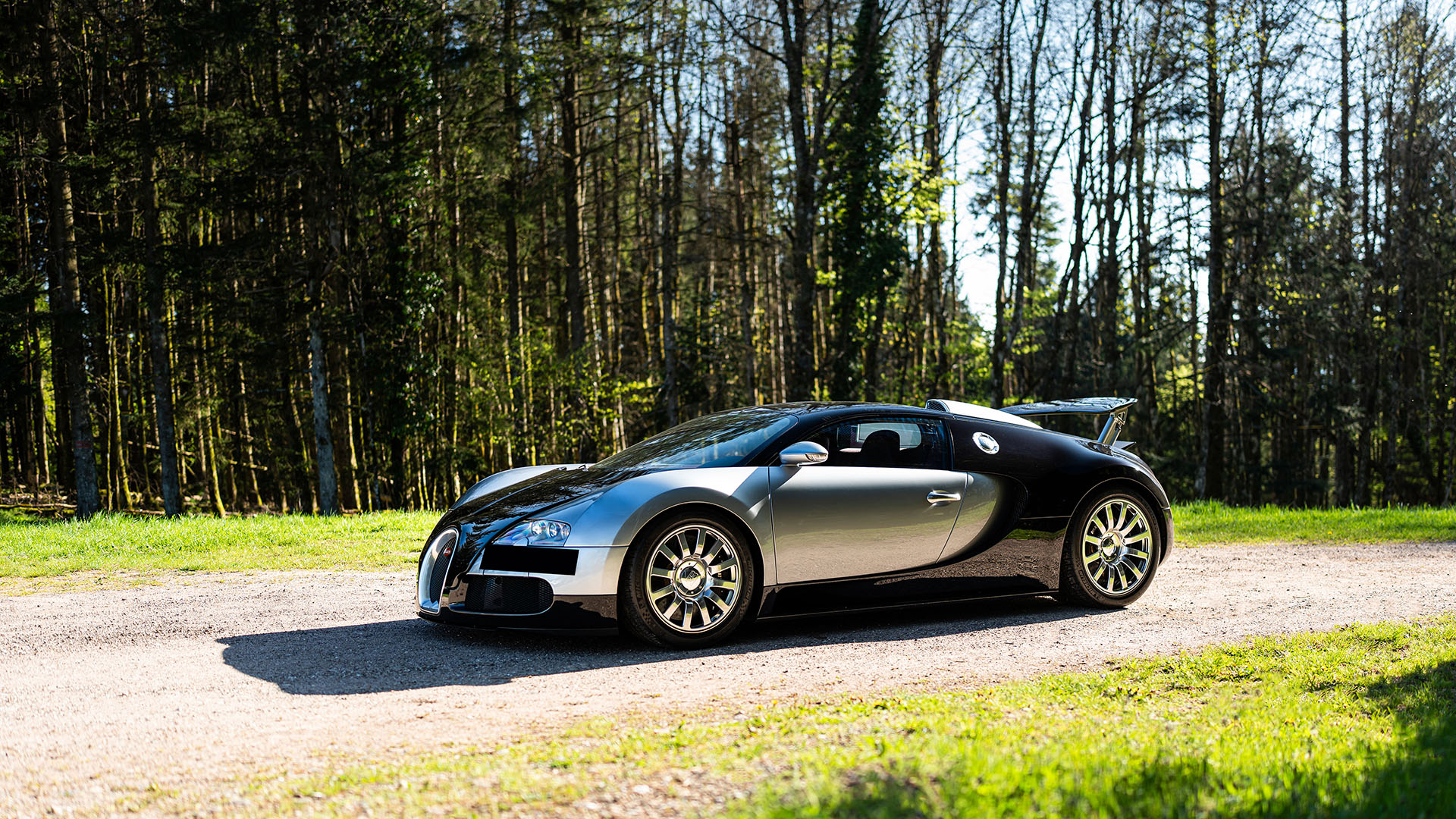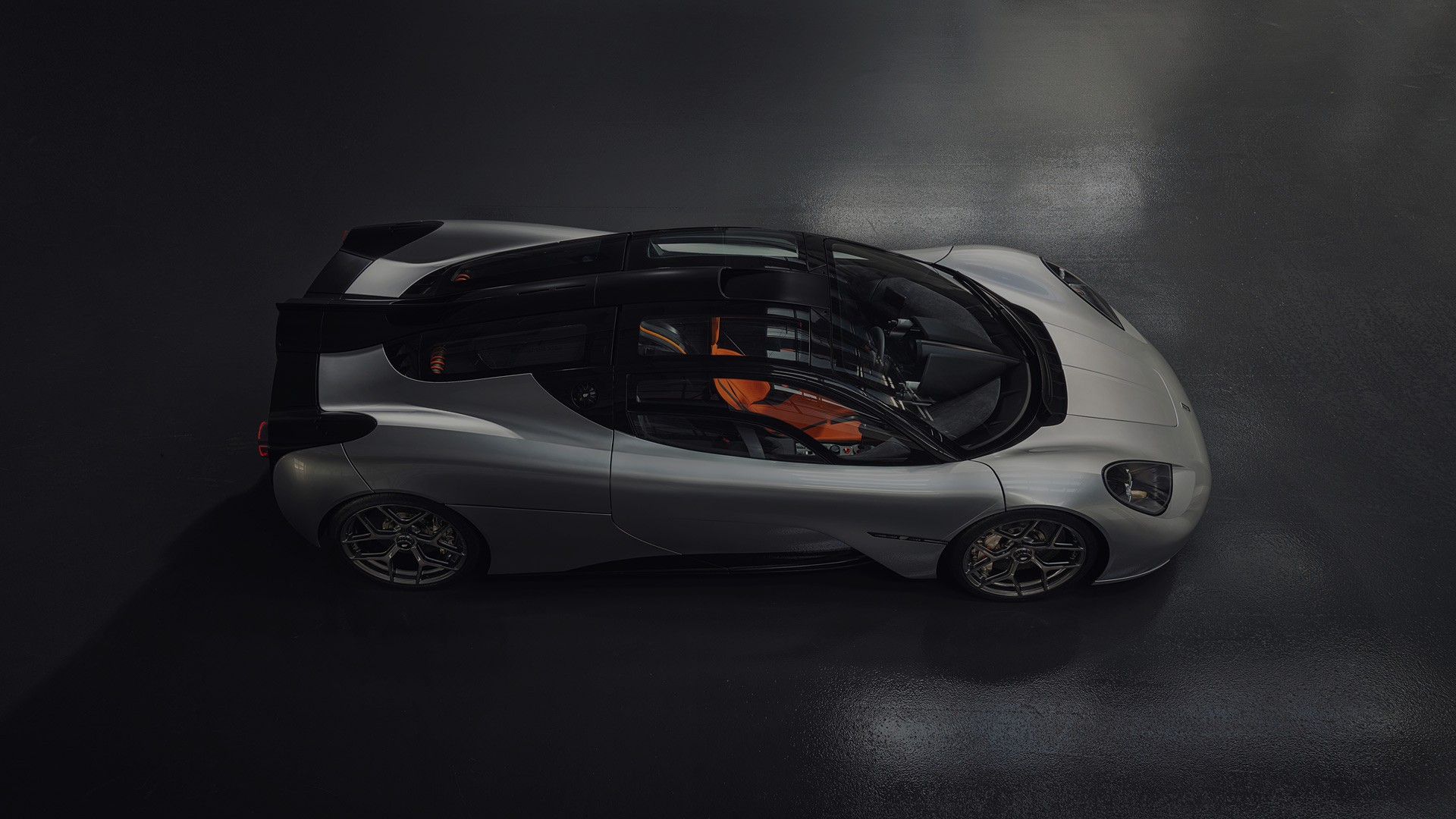There are cars that move us, and then there are cars that move the world forward. For Bugatti, that revolution began with one man’s dream — Prof. Dr. Ferdinand Karl Piëch’s vision of a machine that could dominate the racetrack by day, then glide serenely to the opera by night. A car that would defy the laws of physics, blend comfort with chaos, and surpass every known boundary of performance.
That dream became the Bugatti Veyron. And its beating heart — the turning point that brought fantasy into form — was known as Chassis 5.0.
In the early 2000s, the idea of a production vehicle producing over 1,000 PS was little more than science fiction. The world’s most advanced automotive minds were challenged by Piëch’s vision — could a single car really balance elegance, comfort, and four-digit horsepower?
Years of development, countless prototypes, and unrelenting pursuit of perfection led to a small, sacred batch of pre-production Veyrons, each one tasked with pushing the limits of possibility. Among them, Chassis 5.0 stood out as the one that would change automotive history forever.
When Chassis 5.0 first touched tarmac in 2005, it represented a symphony of engineering brilliance. Beneath its sleek form lay a W16 engine with four turbochargers, producing raw, unbridled power unlike anything the world had ever seen. To tame this beast, Bugatti equipped it with ten radiators, a seven-speed dual-clutch gearbox designed by Dr. Wolfgang Schreiber, and an intricate cooling system capable of handling heat levels previously reserved for jet engines.
Every component had been tested, refined, and perfected through hundreds of thousands of kilometers of development. The result was not just performance — it was harmony.
“I can recall each and every detail of my first time driving Chassis 5.0 in 2005… the sound – and the power – of the W16 was nothing but elemental, raw, unbridled, and awe-inspiring. In that moment, it became clear: a dream can become reality.” Christophe Piochon, President of Bugatti Automobiles
Chassis 5.0 played a crucial role in bridging the gap between prototype and production. It became a testbed for innovation, allowing Bugatti’s engineers to refine braking systems, aerodynamics, and assembly processes. Even the surface quality of its aluminum and carbon fiber panels helped define the production standards that would later guide the Chiron.
When technicians installed titanium plates behind the brake discs, it unlocked the key to optimal operating temperatures — a small but critical detail that would define the Veyron’s legendary braking performance.
After its engineering trials, Chassis 5.0 became Bugatti’s global ambassador. From the grand opening of the Molsheim Atelier to media test drives in Sicily and an unforgettable appearance on BBC’s Top Gear, it embodied the dawning of the hypercar era. Even veteran Le Mans driver Pierre-Henri Raphanel was mesmerized, later becoming Bugatti’s first Pilote Officiel, touring the world behind the wheel of Chassis 5.0.
Eventually, its dark original paint gave way to a black and sterling metallic finish, a look that symbolizes Bugatti’s perfect fusion of heritage, passion, and performance. Today, it stands proudly in Molsheim — a living artifact of innovation and artistry.
As Bugatti celebrates 20 years since the launch of the Veyron 16.4, Chassis 5.0 remains a testament to the impossible dream that became reality. It didn’t just create a car; it redefined what a car could be.
“Chassis 5.0 was the culmination of years and countless hours of dreaming the impossible, and innovating until it became a reality… It recalibrated what performance, elegance, and preciousness mean.” Christophe Piochon, President of Bugatti Automobiles
The legacy of Chassis 5.0 lives on — not only in the Veyron and Chiron that followed, but in every modern hypercar that dares to blur the line between art and engineering. Because every revolution starts with a dream — and Bugatti’s began with Chassis 5.0.


